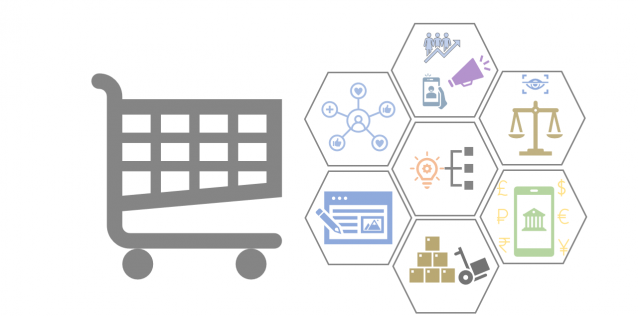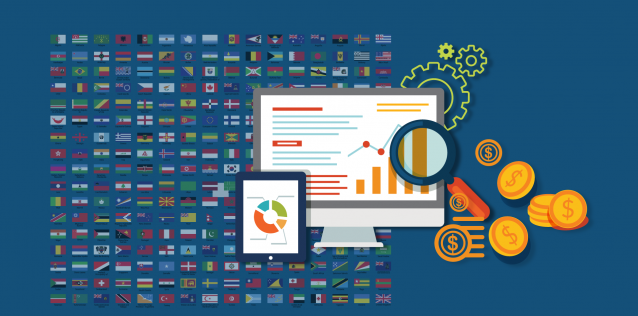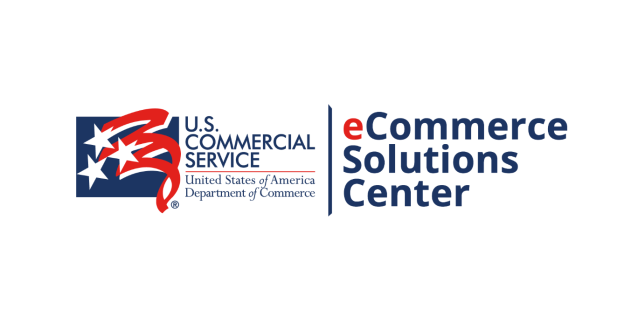Understanding International SEO
Article written by Senior International Trade Specialist Darren Srebnick, CS Columbus Office.
Don’t Try to Measure Everything
Think of analytics as having a personal trainer for your business’ website that is keeping track of your daily progress and activity regarding both search engine optimization and online sales.
However, resist the urge to measure every possible data point available to you within your analytics dashboard. We recommend starting in website analytics with looking at “high level” or “overview” metrics to get an overall sense of your SEO progress, and utilize business formulas like ecommerce key performance indicators to understand your sales progress related to SEO efforts.
For example, start with measuring your website traffic monthly and look at that information from a 6 or 12 months’ time perspective. Is it consistently going up every month? How long on average are visitors looking at your website content? Where are you getting your traffic from internationally? Once you view these high-level metrics, you can then decide where you would like to dig into further.
Address SEO Basics Before Focusing International
Before you begin your international SEO journey, you may want to step back and ensure your SEO foundation is solid. Verify that your website loading speed is acceptable, the site architecture is clear and intuitive for international transactions, meta tags and meta description issues aren’t preventing you from showing up in search, and you are dialed in to the right keywords for your product and international audience.
We recommend having a SEO audit service of some sort from a third party to ensure that your website does not have any metadata issues that would prevent it from showing up in an international search results when it should. Inevitably, an audit, especially by a third party, will uncover issues that you may not be aware of. International SEO adds another layer of complexity to your digital strategy efforts. You don’t want those efforts being halted by a shaky foundation.
Understand the Resources Needed to Localize Your Website
Taking your content global will take time and money to complete. In fact, many companies underestimate the time and cost commitment of website internationalization to their own detriment.
After internationalizing your website, we encourage you to pursue webpage localization if it makes sense but understand the resources required before diving into the deep end. We recommend taking a full stock of the resources needed to localize content and having a meeting internally that answers the question, “Do we have the capacity from a time and funding standpoint to adequately localize our content?”
Scale Your International SEO Efforts to Your Internal Resources
Keep in mind that this will not be a one-time investment. Your company will be continuously adding, editing, and adjusting content. If you decide that the resources are not available, this does not mean you cannot have an international digital strategy.
For instance, instead of securing a dedicated domain for France that ends in www.website.fr instead of the traditional “.com”, you can set up website subfolders which are internationally-focused such as www.website.com/france_page.
Return to eCommerce Frontline Library Content
Looking for more ecommerce resources?












